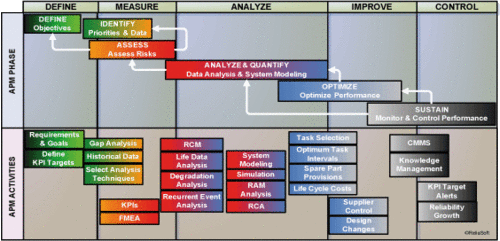First presented by Wilde at Interplas’11, this presentation looks at how ‘Reliability Engineering’ tools and methods are used to reduce risk in a typical product development lifecycle involving both plastic and metallic components. These tools range in complexity from simple approaches to managing product reliability data to the application of sophisticated simulation methods on large systems with complex duty cycles.
Three examples of reliability engineering methodologies are:
- Failure Mode Effects (and Criticality) Analysis to identify, manage & reuse information on what could go wrong with a design or manufacturing process and how to avoid it.
- Design of Experiments for optimising performance through a structured and efficient study of parameters that affect the product or manufacturing process (e.g. injection moulding)
- Accelerated Life Testing to identify potential long term failure modes of products released to market within a shortened development time.
The presentation explores how gathering enough of the right kind of data and applying it in an intelligent way can reduce risk, not only in plastic product design and manufacture, but also in managing the associated supply chain and in the ‘Whole Life Management’ of products (including warranties). Furthermore, we will show how ‘sparse’ data gathered from previous or similar products, such as field/warranty reports, engineering testing data and supplier data sheets, as well as FEA, CFD and injection moulding/extrusion simulation, can inform and positively influence new product design processes from concept stage onwards.





